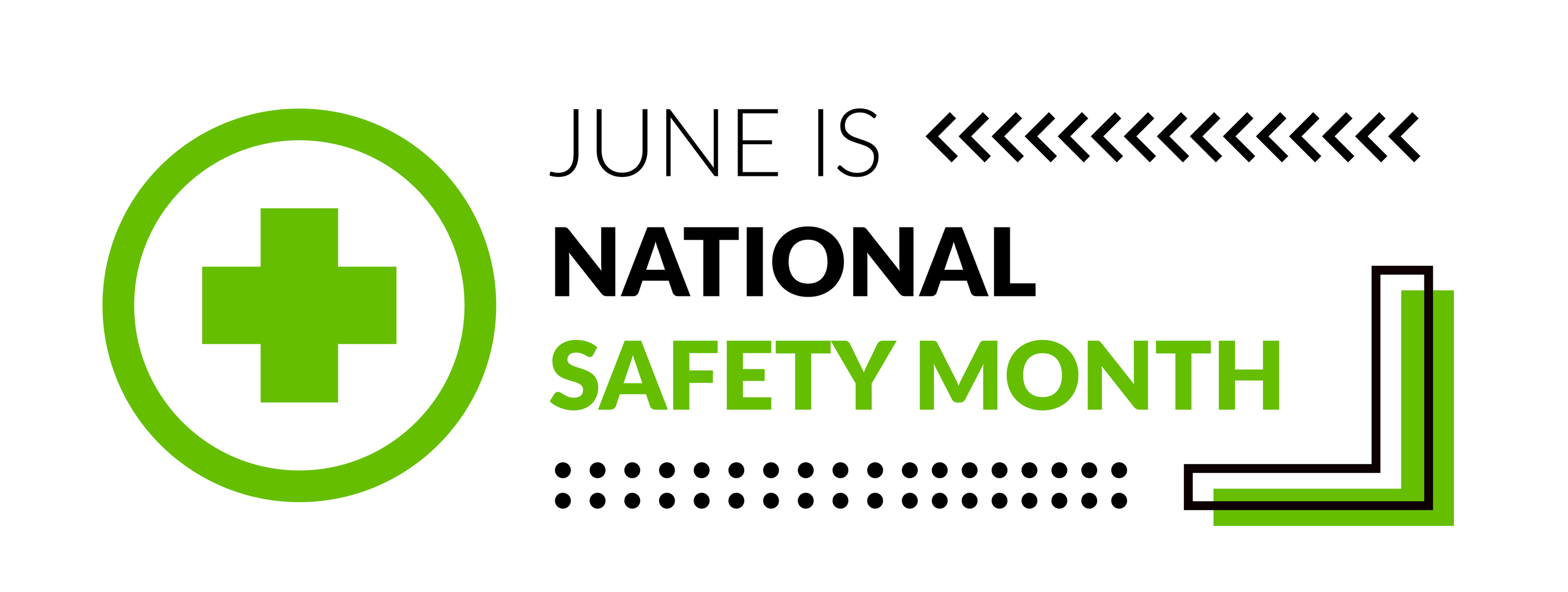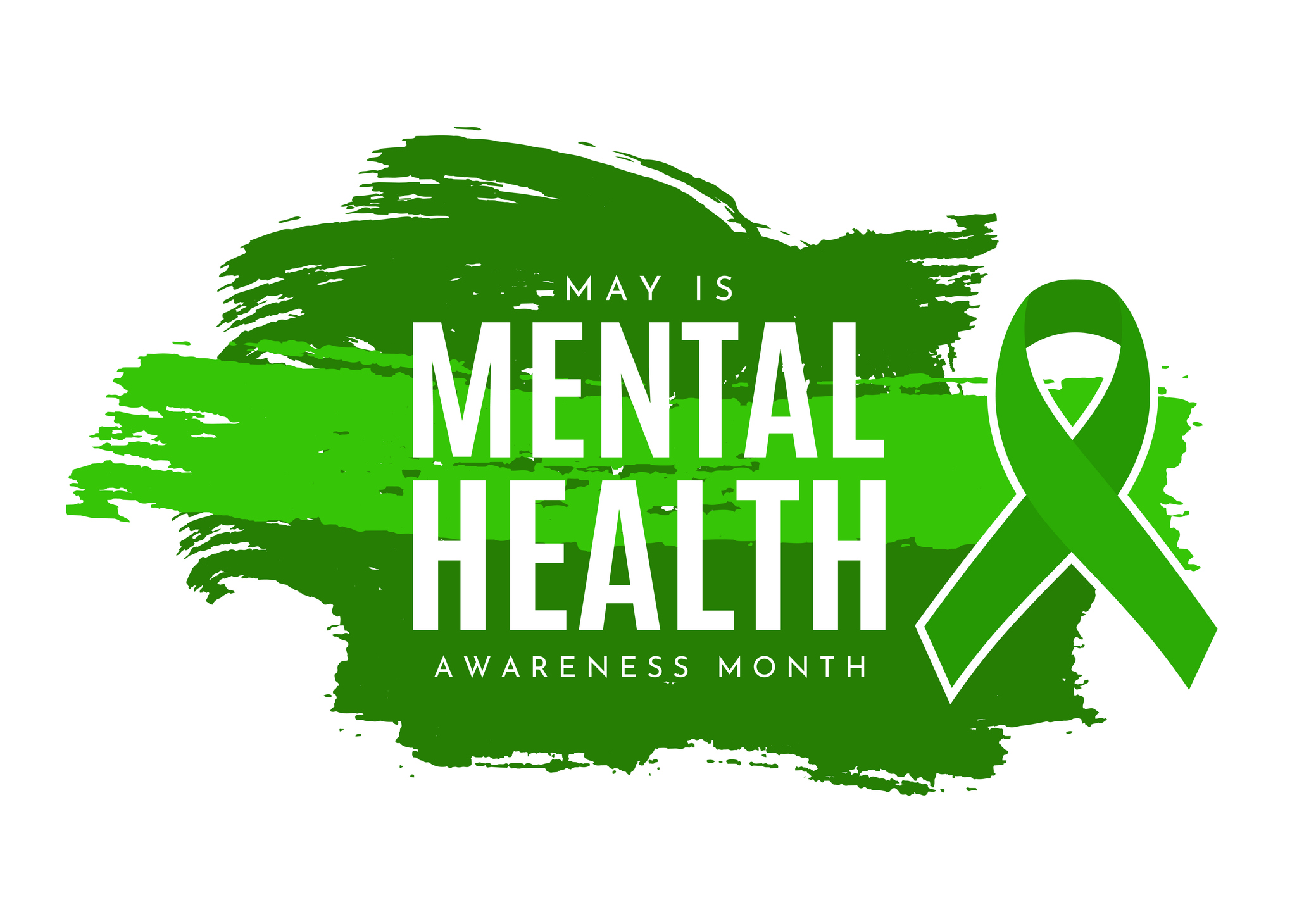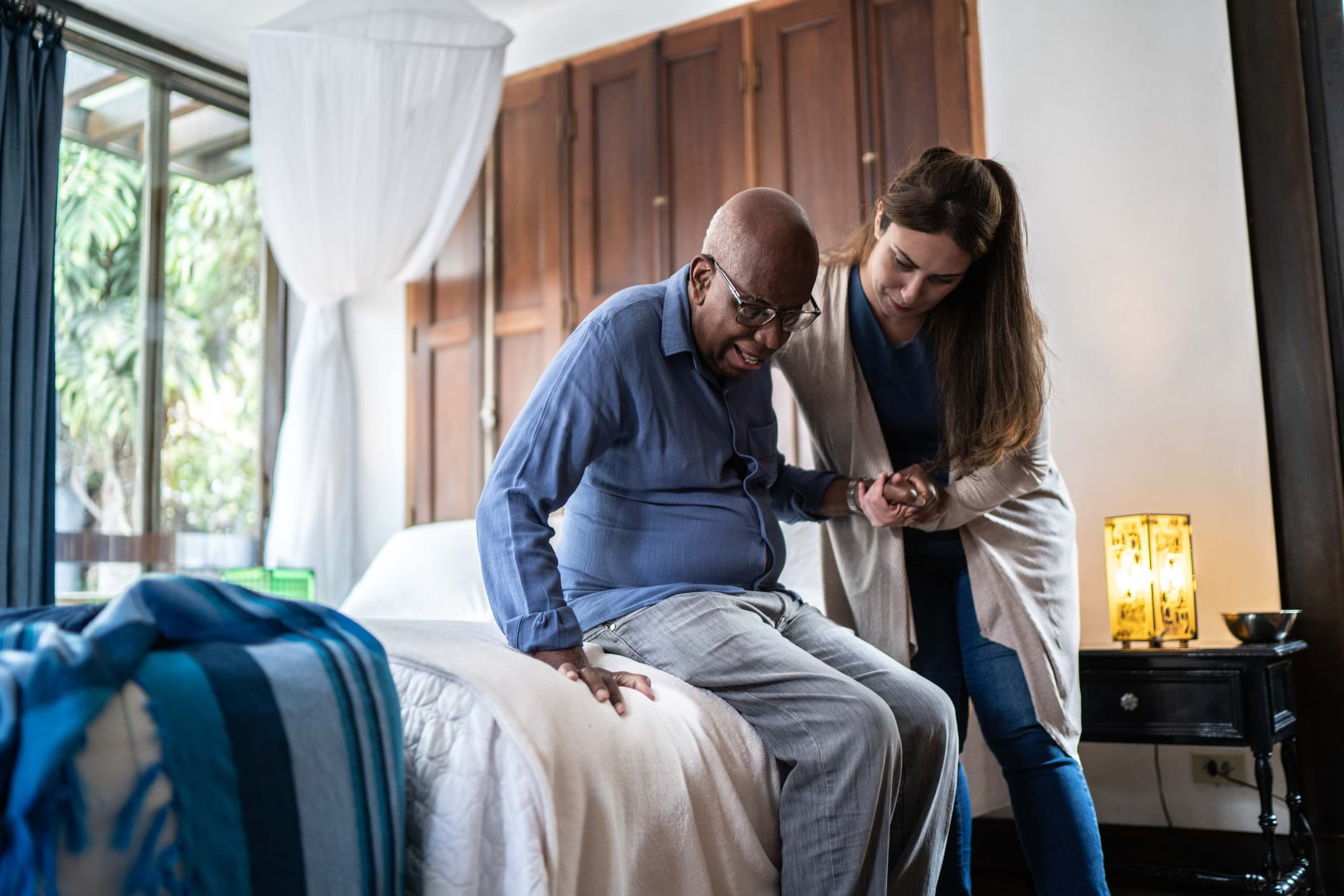During this year’s Spring Forum we focused on the impact employee stress and burnout can have on an organization from a risk perspective. With today’s workforce facing mounting pressures, stress and burnout among employees has become more prevalent. This is especially true for those working in highly demanding environments who are exposed to a variety of threats and traumatic situations. The result of this cumulative stress has a negative impact on judgement, decision-making and situational awareness – putting individuals, and thus the organization, more at risk for liabilities.
At Graham, we’ve seen in claims that stress does factor into risk. Given the seriousness of this issue, we aimed to arm attendees with strategies to address stress before it escalates to a risky situation. To do so, we teamed up with Greenleaf Integrative – a consulting firm that partners with clients to protect the wellbeing of employees and the organization – to host this forum.
Greenleaf described that the solution lies in creating a shared responsibility approach to building a resilient workforce. Knowing that stress in the workplace is inevitable, organizations and professionals must be equipped with resilience behaviors to face stressful situations with vigor. Greenleaf spoke about its three-part approach, Awareness-Regulation-Leadership (ARL) Resilience CompetenciesTM, which can be uniquely applied to both the individual and the organization. This is broken down below:
- Being aware of what types of situations may be causing repeat stress is the first step in being able to proactively address them. This is not just a general advisory that it is “better to be more aware,” but drawn from experience with high reliability organizations in which people must be tactically paying attention to the right things at the right time. From an individual’s perspective, awareness involves being able to identify and be cognizant of personal pressure points. For organizations, this means generating awareness of occupational stressors across the company. Rather than allowing the stigma of stress vulnerability to dominate the workplace, an organizational commitment to awareness serves to democratize the vulnerability so that employees can be professional in accepting the risks inherent in their work domain.
- Regulating stress response, both on an individual and organizational level, is key. While there are parts of the brain that are wired to help individuals respond to stressful situations, this can sometimes cause irrational actions, especially if stress becomes cumulative. Just as in Goldilocks, stress responses can be too hot or too cold. Neither extreme brings about good results in the workplace. The goal is to regulate the temperature of stress response to be in a balanced and productive range. To help employees do so, organizations can provide resources and training opportunities that are focused on practicing balanced vigilance, mindfulness and other self-regulation techniques. These tactics are incredibly important when it comes to reducing risks, as employees who can regulate stress will be less likely to make errors and more likely to stay calm. In addition, managers can learn to publicly demonstrate self-regulation competencies and thereby “co-regulate” others to operate with greater resilience.
- Leadership is important at both levels as well. When individuals develop awareness and self-regulation, they are able to make better decisions and interact with others more effectively. At the organization level, leadership support is necessary. It’s not a surprise that company cultures are created at the top. More often than not, stressful conditions occur when there is an emotionless culture of command or control. Instead, organization leaders must be authentic in ensuring the overall wellbeing of their employees. This means not only having policies in place that address the emotional aspects of the job and ensure employee support is being communicated across the organization, but also applying those policies with humanity and vigor. Especially for those in a managerial role, this means being a model and mentor to others in the workplace during times of distress. It also means doing what you can as a leader to mitigate stress in the first place through optimal work policies and procedures, adequate support and effective communication.
Greenleaf shared that once ARL competencies are applied, across the organization and on an individual level, a resilient workforce will follow. On the flip side, failures in any of these three areas can lead to further breakdowns for employees and the organization.
While there is currently no government mandate for organizations to provide this support, we believe it may be headed in that direction. In fact, we’re already seeing psychological assistance being addressed in workers compensation as a result of stressful conditions on the job. Either way, it’s both the wise and the right thing to do. After all, organizations have successful outcomes when they demonstrate seriousness in their duty and responsibility to ensure the wellbeing of their employees.
If interested in learning more, please contact our Carl Bloomfield or Dr. Siddharth Ashvin Shah of Greenleaf Integrative.

Philadelphia, PA, 19102
Siddharth Ashvin Shah, MD, MPH, chief executive officer, and Nancy Spangler, PhD, OTR/L, senior advisor and practitioner, of Greenleaf Integrative contributed to this blog post.




EB.jpg)


